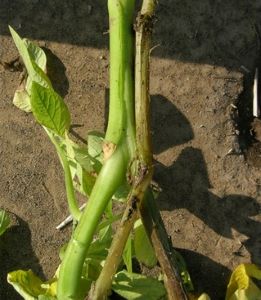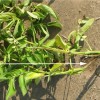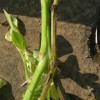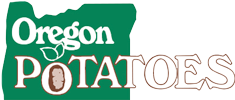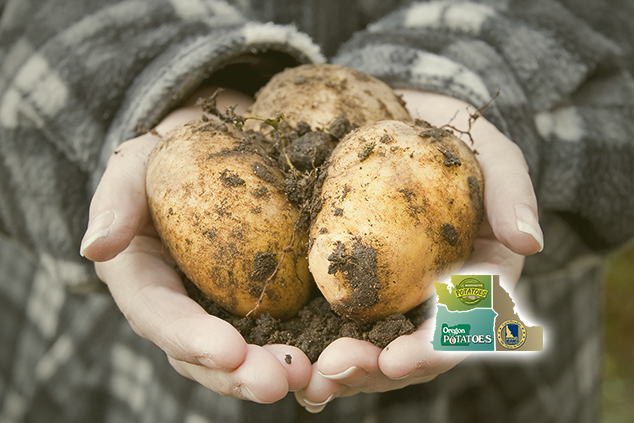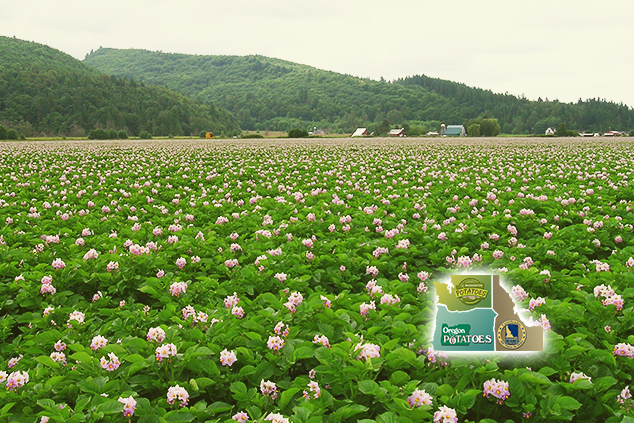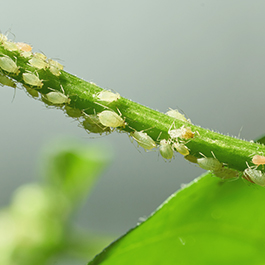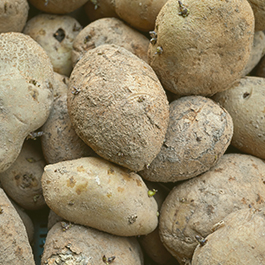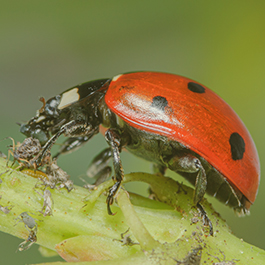Aerial Stem Rot
Causal Agent:
Pectobacterium atrosepticum, Pectobacterium carotovora supsp.carotovora, Dickeya spp.
Biology:
Bacteria that cause aerial stem rot are nearly everywhere in the environment. They are moved in irrigation water, in aerosols, and on insects. Crop debris and soil are often sources of these bacteria. Disease development is favored by dense canopies, warm weather, and long periods of leaf wetness. Bacterial reproduction can be very rapid under warm moist conditions.
Dispersal:
Bacterial aerial stem rot occurs everywhere potatoes are grown.
Management:
The critical issue: limit optimal growing conditions for the bacteria.
Minimize long periods of leaf wetness.
Avoid overly dense canopies.
Carefully manage irrigation, especially avoiding excess irrigation during hot weather; plants cannot use as much water in very hot weather and excess moisture encourages bacterial growth.

